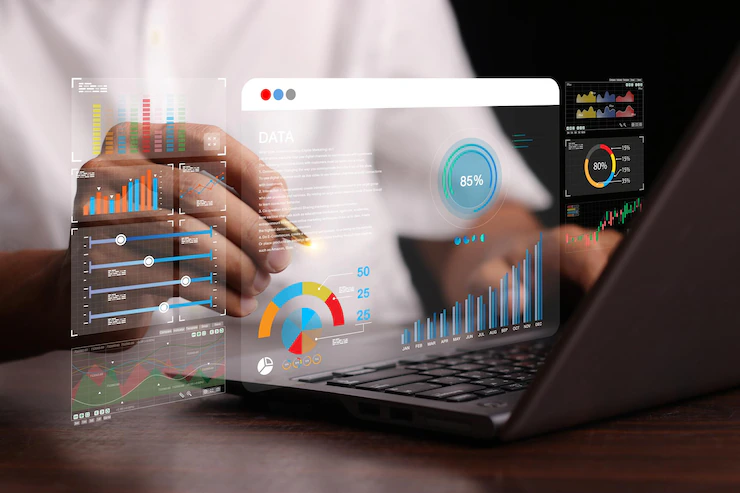How To Know If Someone Blocked You On iMessage? 5 Secret Hacks!
Apr 16, 2025

Apr 16, 2025

Apr 16, 2025

Apr 15, 2025

Apr 11, 2025

Apr 11, 2025

Apr 11, 2025

Apr 08, 2025

Mar 29, 2025
Sorry, but nothing matched your search "". Please try again with some different keywords.


If you’re responsible for the content and technical performance of your website, then you know that it can be hard to keep track of everything. Your job is to make sure that every page on your site has great content, meets all of Google’s guidelines, and loads quickly. That’s a lot of moving parts! But if you use a dashboard tool—a way to collect the data from different places in one place and see how it all adds up—you’ll be able to see at a glance how well your site is doing.
A dashboard is a tool that provides you with a snapshot of your SEO performance. It can help you monitor and track your SEO efforts, allowing you to measure the effectiveness of any changes made to your site.
Dashboards are used by many people in different industries, including marketing and sales teams who want to keep an eye on their KPIs (key performance indicators). In this guide, we’ll be looking at dashboards specifically designed for SEO purposes – but they’re also useful if you want an overview of how well your content is performing across social media channels or even just general traffic stats!
A good dashboard will allow you to see what’s working on one screen so it’s easy for everyone involved with the project; no need for multiple tools or spreadsheets here!
The best way to monitor these metrics is with a suite of tools. The following are some of the most popular SEO dashboards and tools:
For additional insights and to maximize your SEO efforts, consider consulting with a PowerBI consultancy that can provide custom dashboards and reports tailored to your specific needs and goals.
Content performance metrics are a key component of SEO. They help you understand how your content is performing, and they’re crucial to making the right decisions going forward.
There are many different types of content performance metrics you can use to measure the success or failure of your website’s pages, including:
When choosing an SEO dashboard tool, it’s important to consider the following:
Mobile-friendly: This is a ranking signal that measures how well your site works on mobile devices, particularly smartphones. In other words, it’s a measure of how easy it is for users to navigate your site with their fingers instead of their keyboards. If you don’t have a mobile-friendly version of your site, you could see lower rankings in Google search results for queries entered from mobile devices.
Local search results: If you’re interested in local SEO (that is, getting more customers through searches like “pizza near me”), this report shows the number and type of local listings that appear for your target keywords (like “pizza delivery”) across different countries and regions globally as well as locally within each country/region listed above.
Technical SEO checks are a great place to start when you want to make sure your site is performing well. Here are some things to look for:
The SEO dashboard is a tool that can help you keep track of the most important metrics, get insights into your content performance, and track mobile and local SEO. It’s also a great way to stay on top of technical SEO checks such as duplicate content or broken links. The best part is that there are many different options available, so you can find something that works well with your workflow!
Read Also:
Ankita Tripathy loves to write about food and the Hallyu Wave in particular. During her free time, she enjoys looking at the sky or reading books while sipping a cup of hot coffee. Her favourite niches are food, music, lifestyle, travel, and Korean Pop music and drama.
View all Posts
How To Know If Someone Blocked You On iMessag...
Apr 16, 2025
7 Website Design Mistakes That Are Hurting Yo...
Apr 16, 2025
Programmable Dynamic SEO for Location-Based P...
Apr 15, 2025
Google Boba Game: How To Play This Fun Game B...
Apr 11, 2025
Which Is The Best Video Search Engine Of 2025...
Apr 11, 2025

